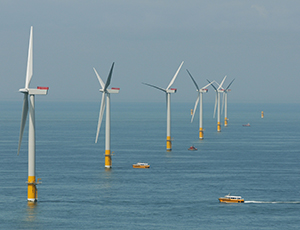
A new study suggests that the global construction industry is seeing longer disputes that involve smaller monetary stakes than in 2010, and that an improving business climate in the Middle East is motivating participants to settle differences over stalled projects and restart work.
Released May 28, the study by U.K.-based consultant EC Harris, measures trends in global construction contract disputes with data from cases resolved in 2011 by the firm, a unit of ARCADIS NV.
The study team found an 8% decrease in disputes’ average value—based on the contract’s worth, sunk costs, and other relevant values—and a 16% increase in dispute duration.
Fewer projects have limited the number of disputes, says Michael Jaffe, a construction contract attorney at Pillsbury Law, based in Washington, D.C. “You don’t see as many disputes, and the reason they’re at a downturn is because there’s been a lot less work…people are more averse to getting involved in disputes, and both sides are more cost-sensitive,” he says.
Jaffe says that he notices the length of disputes rising because of the parties themselves. He recalls a recent case where the disputing parties, when asked for a schedule of next steps toward resolution, set the first deadline for the beginning of 2014. Arbitrators requested an earlier date, but the parties agreed to shave only six months off the schedule.
But the study also indicates that in the Middle East, the average value of a dispute actually doubled. The largest case noted in the report was also located in the region, and had a value of $350 million.
Harris declined to identify the project names or clients involved.
Andy Rowlands, a Harris spokesman who was part of the study team, says that the growth of Middle East disputes related to renewed construction activity in the region, especially in Dubai, which is pushing more dispute-resolution activity. “Because the economic climate is improving, everyone wants to get their projects going,” he says.
In the U.S., the average dispute value in the study fell from $64.5 million to $10.5 million, the most dramatic change of any region. All regions saw an increase in dispute elapsed time, but those in the U.K. were highest, lasting an average of 29% longer.
Topping the study’s list of frequent causes for contract disputes is the “failure to properly administer the contract.”
Rowlands says this relates to decisions made during a project without referring to the contract, or when the contract is not flexible enough to allow for adjustments.
Contract Ambiguity
Another highlighted cause of disputes includes ambiguity within contracts, a trend that Peter Eyre, a Washington D.C.-based government contracts lawyer with Crowell & Moring, has noticed to be on the rise in the U.S. since the American Recovery and Reinvestment Act’s passage in 2009.
Ambiguous contracts arise “in part because of the speed with which they were prepared and how many were prepared,” he says. “Because of some of these ambiguities, we’re seeing more disputes.”
When asked whether the report’s results are applicable to a wider range of international disputes, Rowlands says, “I think it’s a bit of a snapshot, or as much of a snapshot as you can get.” From his experience, he says, “It’s indicative of what the market’s seeing.”

Post a comment to this article
Report Abusive Comment